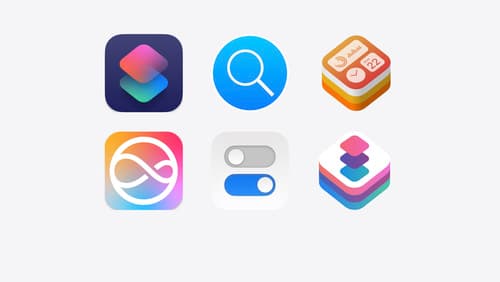Example of sendable
Asked on 2024-08-04
1 search
An example of a sendable type in Swift can be found in the session "Migrate your app to Swift 6." In this session, the concept of sendable types is discussed in the context of ensuring data-race safety when working with concurrency.
Here's a specific example:
struct Drink: Sendable {
let name: String
let size: Int
}
In this example, Drink is a struct with immutable properties, making it safe to be shared between different concurrency domains. By marking it as Sendable, you ensure that it can be safely sent between actors without risking data races.
For more details, you can refer to the session Migrate your app to Swift 6 (32:27).

Consume noncopyable types in Swift
Get started with noncopyable types in Swift. Discover what copying means in Swift, when you might want to use a noncopyable type, and how value ownership lets you state your intentions clearly.

A Swift Tour: Explore Swift’s features and design
Learn the essential features and design philosophy of the Swift programming language. We’ll explore how to model data, handle errors, use protocols, write concurrent code, and more while building up a Swift package that has a library, an HTTP server, and a command line client. Whether you’re just beginning your Swift journey or have been with us from the start, this talk will help you get the most out of the language.

What’s new in App Intents
Learn about improvements and all-new features with App Intents, and discover how this framework can help you expose your app’s functionality to Siri, Spotlight, Shortcuts, and more. We’ll show you how to make your entities more meaningful to the platform with the Transferable API, File Representations, new IntentFile APIs, and Spotlight Indexing, opening up powerful functionality in Siri and the Shortcuts app. Empower your intents to take people deep into your app with URL Representable Entities. Explore new techniques to model your entities and intents with new APIs for error handling and union values.
